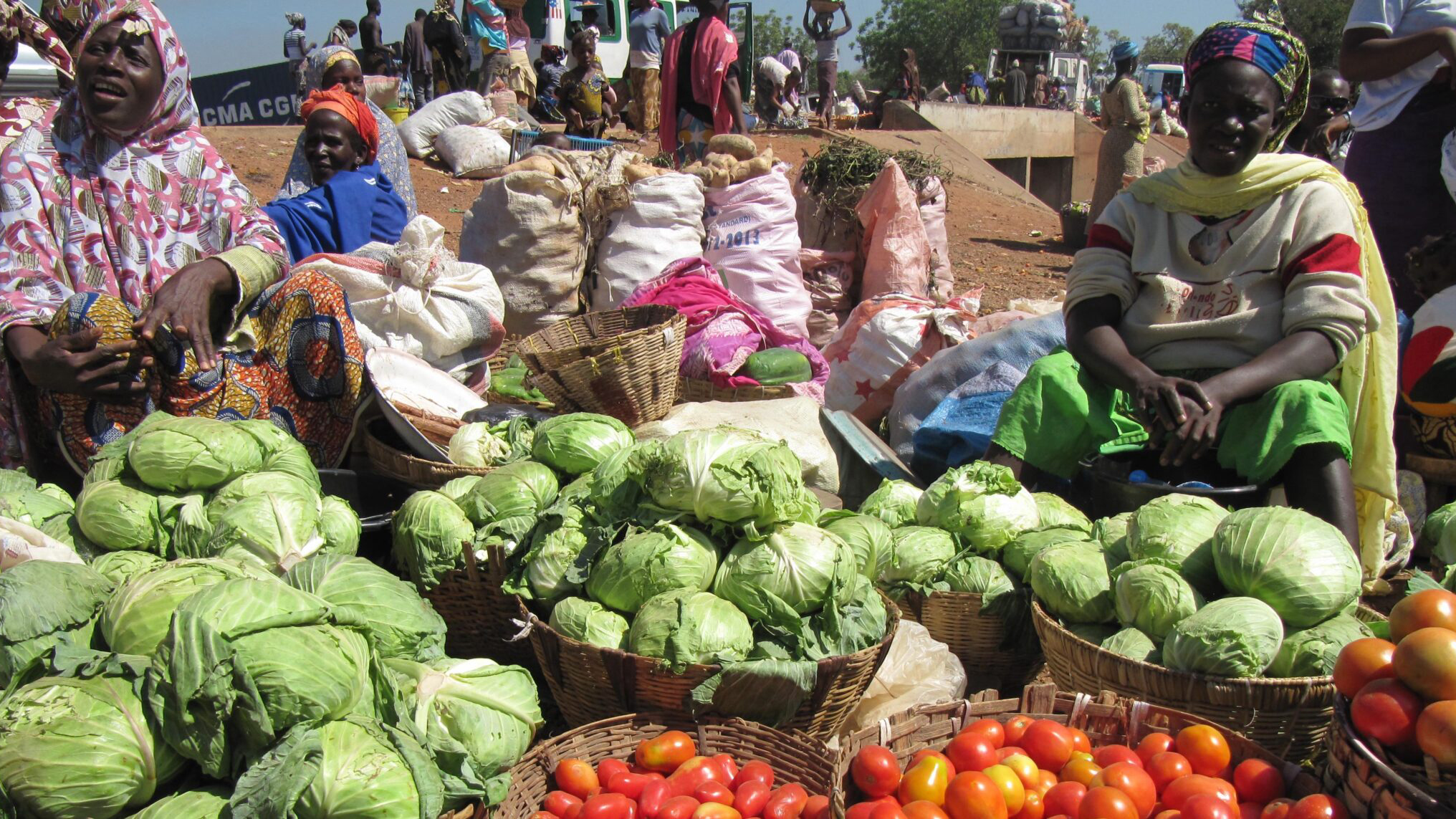Recent crises and shocks have eroded food security in many countries. These crises take many forms. Some are global shocks, such as a sharp rise in food commodity prices in world markets. Some are local shocks—for instance, flooding from an extreme weather event, or another from the ever-increasing list of climate impacts.
When a crisis hits unexpectedly, researchers, governments, and international organizations must quickly assess the impacts on household food security in order to devise appropriate responses to avert declines in diet quality and nutrition. However, with little time to develop bespoke models or implement intensive simulations, conducting research and designing informed policies can be challenging. In these scenarios, researchers and policymakers need access to rapid-response tools. IFPRI’s innovative Food Security Simulators (FSS) were developed to address this knowledge gap.
The Food Security Simulator is an easy-to-use MS Excel-based tool based on representative household survey data and rigorous, sophisticated food demand models to capture consumer behavior. The tool, currently available for Kenya, Nigeria, and Ethiopia, allows users to enter positive and negative price or income changes, along with food preference changes (in the Ethiopia version) in percentage terms and provides simulated changes for a diverse set of food-consumption- and diet-quality-related indicators. These are presented in concise overview tables and visualized in graphs for easy export and use in reports.
Applying the Food Security Simulator
Russia’s February 2022 invasion of Ukraine sparked a significant and ongoing series of global crises. Among these was a dramatic increase in the global price of staple goods. Here, we use the FSS tools to examine the effect of a 30% price increase on all grains in Kenya, Nigeria, and Ethiopia—the average increase in world grain prices caused by the war’s outbreak. We then investigate the impact of potential government interventions to mitigate the negative results of these shocks.
Table 1

The overall results suggest that such a large shock to grain prices has a deleterious effect on both food poverty rates and the prevalence of undernourishment (Table 1). However, the effects vary across countries. In Nigeria, there is a limited reaction to the shock, with only a 2.9% increase in undernourishment and virtually no change in diet quality. This may indicate that Nigerian households have lower reliance on grains, or that households are willing to substitute consumption of other staple goods when the prices of grains increase.
Ethiopia, by contrast, experiences a large increase in the prevalence of undernourishment and decreases in diet quality (over 5%), both of which are notably worse in urban areas. Impacts of this magnitude suggest that Ethiopian households may be quite reliant on grains to provide not only calories but also some measure of diet quality.
After seeing the effects of the price shock on household food security we ask, “What can be done to help reduce these negative outcomes?” The second example below uses the FSS tool in Ethiopia to rapidly simulate potential government efforts designed to improve livelihoods and diets in the form of a 20% increase in incomes for poor households and a 25% increase in household preferences for fruits, vegetables, and pulses. Specific examples of these types of interventions could be conditional cash transfers and nutrition awareness programs.
Table 2

The FSS Ethiopia results show the income increase would improve both diet quality and calories consumed (Table 2). This is true for all three of the bottom quintiles and holds in both urban and rural areas. We see a divide between the two areas, however, as rural diet quality increases more. In the third quintile, rural diet quality increases by 7.2%, while urban areas only increase by 2.3%. For calorie consumption, the effects are also larger in rural areas, but the changes are now larger for the lowest quintile. Calorie consumption increases by 10.3% in the bottom rural quintile and urban consumption increases by 9.5%.
Across the board, households respond to the income intervention by increasing calorie consumption more than they improve their diet quality. This divergence is important to consider in analyzing policies aimed at improving the food security of poor households.
This analysis highlights just one of the many ways the FSS suite of tools can be used to evaluate the effect of price and income shocks—either separately or combined—on household-level food security outcomes. The results show that the recent global grain price increases have negatively impacted household food security in three different countries—some more severe than others. They also show that using income and nutrition interventions to alleviate these effects in Ethiopia would have a stronger impact on improving calorie consumption over diet quality.
The FSS suite provides vital tools for policymakers and researchers, offering a rapid, reliable, and accessible approach to simulate scenarios and guide responsive decision-making. By leveraging these simulators, decision-makers can identify interventions best suited to offset the negative effects of price shocks and promote food security.
Andrew Comstock is a Senior Research Analyst with IFPRI’s Foresight and Policy Modeling (FPM) Unit; Olivier Ecker is an FPM Senior Research Fellow; Eleanor Jones is an FPM Program Manager. Cited research is not peer reviewed. Opinions are the authors’.
This work is part of the CGIAR Research Initiative on National Policies and Strategies. We would like to thank all funders who supported this research through their contributions to the CGIAR Trust Fund.







